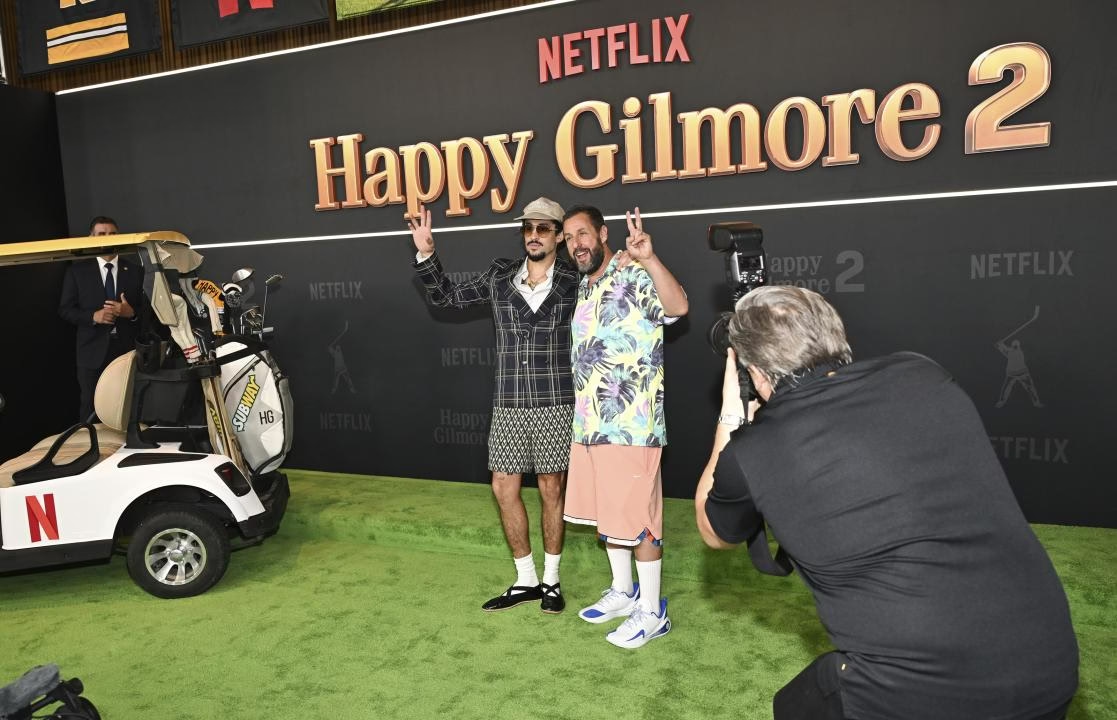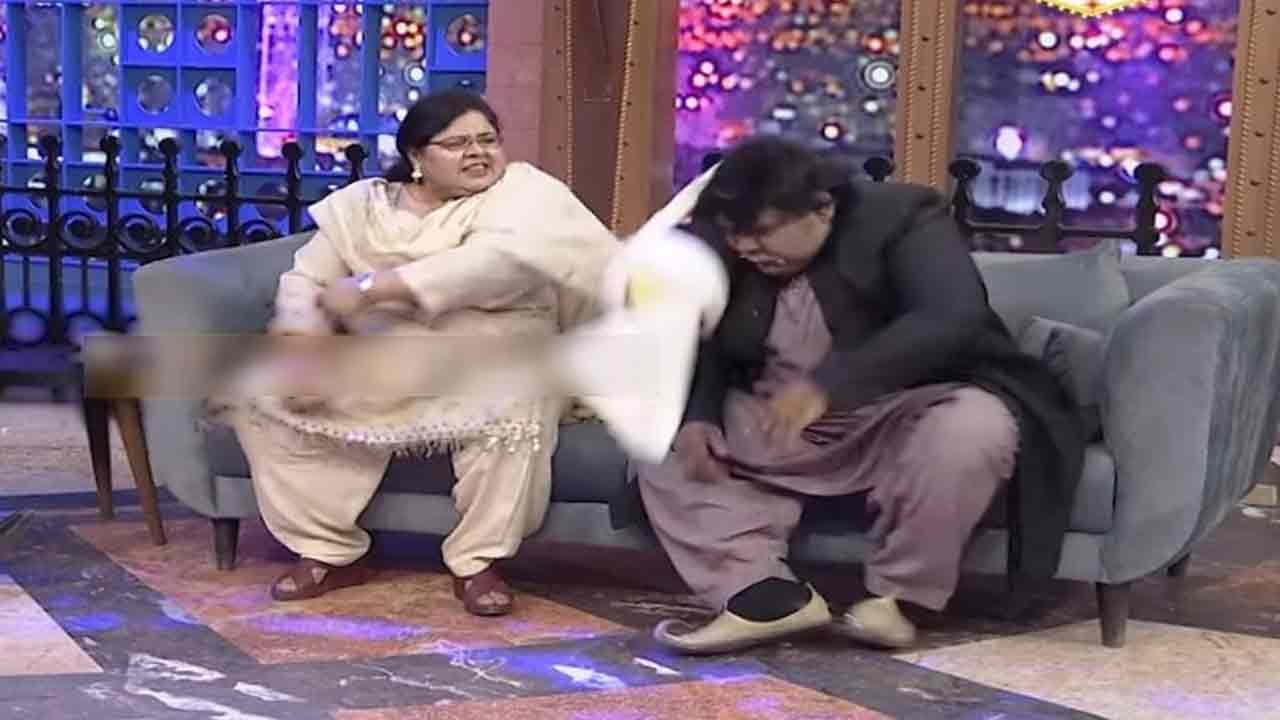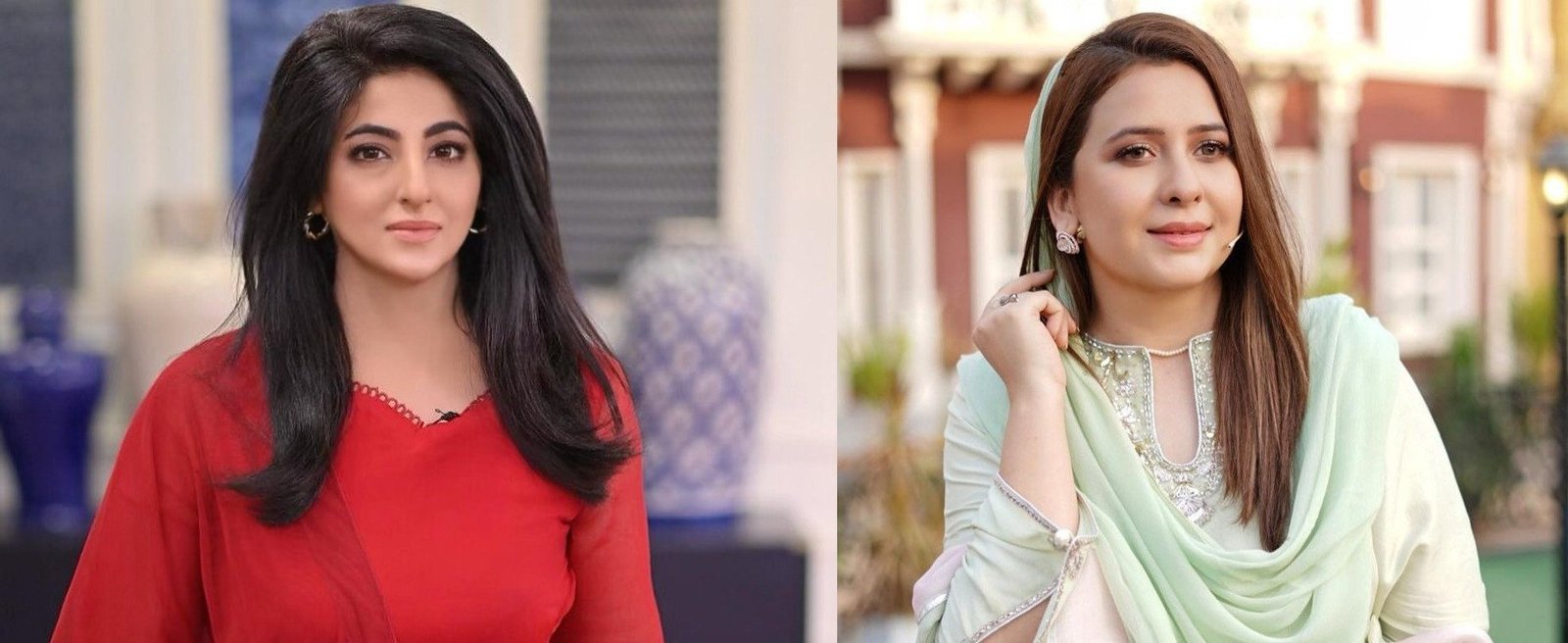“Happy Gilmore” was born out of childhood boredom on a New Hampshire driving range. As a kid, Adam Sandler had little interest in golf, even though his father was an avid player. To make the trips more tolerable, Sandler brought along his friend Kyle McDonough—a talented hockey player who surprised everyone by smashing golf balls with impressive force. That moment planted the seed for one of the most iconic sports comedies of the 1990s.
Years later, while brainstorming with longtime collaborator Tim Herlihy, Sandler recalled Kyle’s hockey-style swing and imagined a character who brought that aggressive energy to golf. The result was Happy Gilmore—Sandler and Herlihy’s second film after Billy Madison, released in February 1996.
The film wasn’t initially seen as a classic. Critics panned it, with Roger Ebert calling Happy “a violent sociopath” and labeling the movie part of the “dumber and dumbest sweepstakes.” But audiences saw it differently. It grossed $39 million in the U.S. and Canada, and thanks to DVD replays and TV airings, it became a generational favorite, cementing Sandler’s hockey-style swing into pop culture. Lines like “Are you too good for your home?” became golf course mantras, and figures like Bob Barker and Christopher McDonald became unexpected comedy legends.
For filmmakers like Benny Safdie (Uncut Gems), the movie was practically a childhood soundtrack. “It was on an endless loop,” he said. “I can close my eyes and see the movie end to end.”
Now, nearly 30 years later, Sandler is finally answering the call for a sequel. Happy Gilmore 2, one of the summer’s most eagerly awaited streaming premieres, hits Netflix this Friday—bringing the Bruins jersey, the slapstick, and Happy’s hockey-powered swing back to fans old and new.



